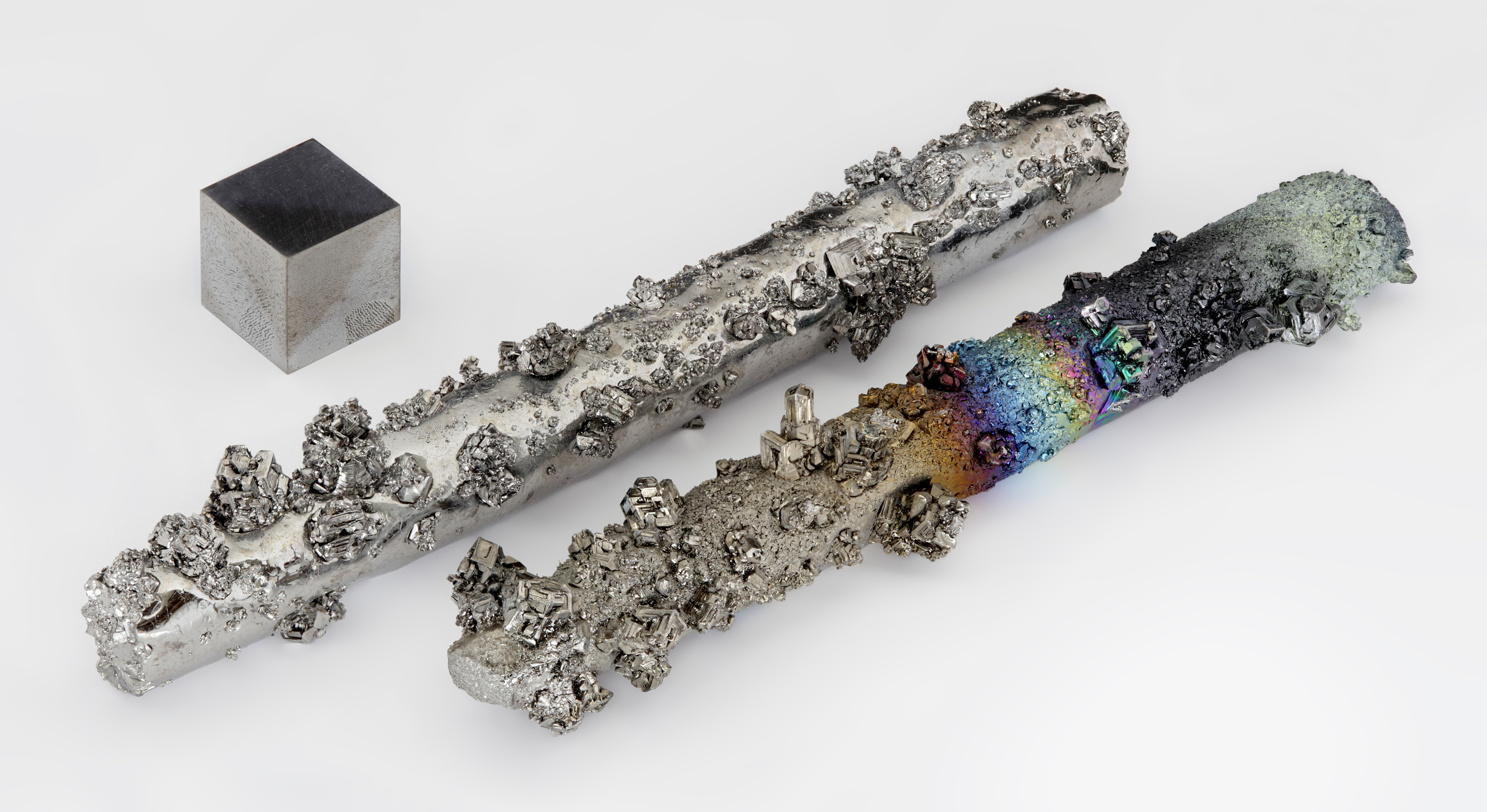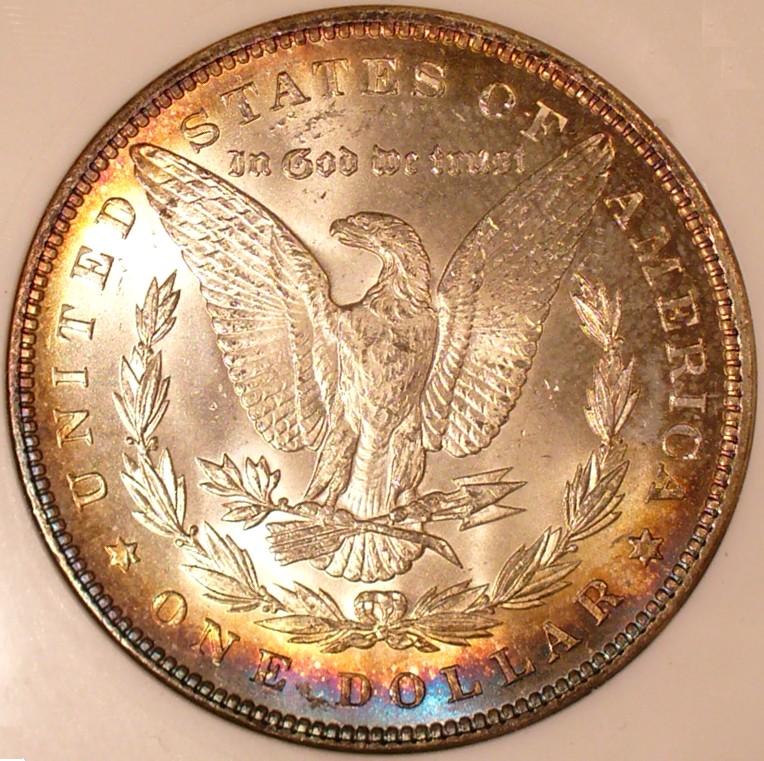Tarnishing on:
[Wikipedia]
[Google]
[Amazon]
 Tarnish is a thin layer of
Tarnish is a thin layer of
 Tarnish is a product of a
Tarnish is a product of a
Herman Silver Restoration, Conservation & PreservationCommon causes of gold tarnishing & prevention
Chemical reactions Metals Metalworking terminology Corrosion
 Tarnish is a thin layer of
Tarnish is a thin layer of corrosion
Corrosion is a natural process that converts a refined metal into a more chemically stable oxide. It is the gradual deterioration of materials (usually a metal) by chemical or electrochemical reaction with their environment. Corrosion engi ...
that forms over copper
Copper is a chemical element with the symbol Cu (from la, cuprum) and atomic number 29. It is a soft, malleable, and ductile metal with very high thermal and electrical conductivity. A freshly exposed surface of pure copper has a pinkis ...
, brass
Brass is an alloy of copper (Cu) and zinc (Zn), in proportions which can be varied to achieve different mechanical, electrical, and chemical properties. It is a substitutional alloy: atoms of the two constituents may replace each other wit ...
, aluminum
Aluminium (aluminum in American and Canadian English) is a chemical element with the symbol Al and atomic number 13. Aluminium has a density lower than those of other common metals, at approximately one third that of steel. It ha ...
, magnesium
Magnesium is a chemical element with the symbol Mg and atomic number 12. It is a shiny gray metal having a low density, low melting point and high chemical reactivity. Like the other alkaline earth metals (group 2 of the periodic ta ...
, neodymium
Neodymium is a chemical element with the symbol Nd and atomic number 60. It is the fourth member of the lanthanide series and is considered to be one of the rare-earth metals. It is a hard, slightly malleable, silvery metal that quickly tarnishe ...
and other similar metals
A metal (from Greek μÎταλλον ''métallon'', "mine, quarry, metal") is a material that, when freshly prepared, polished, or fractured, shows a lustrous appearance, and conducts electricity and heat relatively well. Metals are typical ...
as their outermost layer undergoes a chemical reaction. Tarnish does not always result from the sole effects of oxygen in the air. For example, silver needs hydrogen sulfide to tarnish, although it may tarnish with oxygen over time. It often appears as a dull, gray or black film or coating over metal. Tarnish is a surface phenomenon that is self-limiting, unlike rust
Rust is an iron oxide, a usually reddish-brown oxide formed by the reaction of iron and oxygen in the catalytic presence of water or air moisture. Rust consists of hydrous iron(III) oxides (Fe2O3·nH2O) and iron(III) oxide-hydroxide (FeO( ...
. Only the top few layers of the metal react, and the layer of tarnish seals protects the underlying layers from reacting.
Tarnish actually preserves the underlying metal in outdoor use, and in this form is called patina. The formation of patina is necessary in applications such as copper roofing, and outdoor copper, bronze, and brass statues and fittings. Patina is the name given to tarnish on copper-based metals, while toning is a term for the type of tarnish which forms on coins.
Chemistry
 Tarnish is a product of a
Tarnish is a product of a chemical reaction
A chemical reaction is a process that leads to the IUPAC nomenclature for organic transformations, chemical transformation of one set of chemical substances to another. Classically, chemical reactions encompass changes that only involve the pos ...
between a metal
A metal (from Greek μÎταλλον ''métallon'', "mine, quarry, metal") is a material that, when freshly prepared, polished, or fractured, shows a lustrous appearance, and conducts electricity and heat relatively well. Metals are typicall ...
and a nonmetal compound
Compound may refer to:
Architecture and built environments
* Compound (enclosure), a cluster of buildings having a shared purpose, usually inside a fence or wall
** Compound (fortification), a version of the above fortified with defensive struc ...
, especially oxygen
Oxygen is the chemical element with the symbol O and atomic number 8. It is a member of the chalcogen group in the periodic table, a highly reactive nonmetal, and an oxidizing agent that readily forms oxides with most elements as ...
and sulfur dioxide. It is usually a metal oxide, the product of oxidation
Redox (reduction–oxidation, , ) is a type of chemical reaction in which the oxidation states of substrate change. Oxidation is the loss of electrons or an increase in the oxidation state, while reduction is the gain of electrons or a ...
. Sometimes it is a metal sulfide. The metal oxide sometimes reacts with water to make the hydroxide; and carbon dioxide to make the carbonate. It is a chemical change. There are various methods to prevent metals from tarnishing.
Prevention and removal
Using a thin coat ofpolish
Polish may refer to:
* Anything from or related to Poland, a country in Europe
* Polish language
* Poles
Poles,, ; singular masculine: ''Polak'', singular feminine: ''Polka'' or Polish people, are a West Slavic nation and ethnic group, w ...
can prevent tarnish from forming over these metals. Tarnish can be removed by using steel wool, sandpaper
upright=1.35, Sheets of sandpaper with different grit sizes (40 (coarse), 80, 150, 240, 600 (fine)).
Sandpaper and glasspaper are names used for a type of coated abrasive that consists of sheets of paper or cloth with abrasive material glued to ...
, emery paper
Emery paper is a type of abrasive paper or sandpaper, that can be used to abrade (remove material from) surfaces or mechanically finish a surface. Operations include deburring, polishing, paint removal, corrosion removal, sizing, etc. This i ...
, baking soda
Sodium bicarbonate (IUPAC name: sodium hydrogencarbonate), commonly known as baking soda or bicarbonate of soda, is a chemical compound with the formula NaHCO3. It is a salt composed of a sodium cation ( Na+) and a bicarbonate anion ( HCO3∠...
or a file
File or filing may refer to:
Mechanical tools and processes
* File (tool), a tool used to ''remove'' fine amounts of material from a workpiece
**Filing (metalworking), a material removal process in manufacturing
** Nail file, a tool used to gent ...
to rub or polish the metal's dull surface. Fine objects (such as silverware) may have the tarnish electrochemically reversed (non-destructively) by resting the objects on a piece of aluminium foil in a pot of boiling water with a small amount of salt or baking soda, or it may be removed with a special polishing compound and a soft cloth. Gentler abrasives, like calcium carbonate, are often used by museums to clean tarnished silver
Silver is a chemical element with the symbol Ag (from the Latin ', derived from the Proto-Indo-European ''h₂erǵ'': "shiny" or "white") and atomic number 47. A soft, white, lustrous transition metal, it exhibits the highest electrical ...
as they cannot damage or scratch the silver
Silver is a chemical element with the symbol Ag (from the Latin ', derived from the Proto-Indo-European ''h₂erǵ'': "shiny" or "white") and atomic number 47. A soft, white, lustrous transition metal, it exhibits the highest electrical ...
and will not leave unwanted residues.
References
{{ReflistExternal links
Herman Silver Restoration, Conservation & Preservation
Chemical reactions Metals Metalworking terminology Corrosion